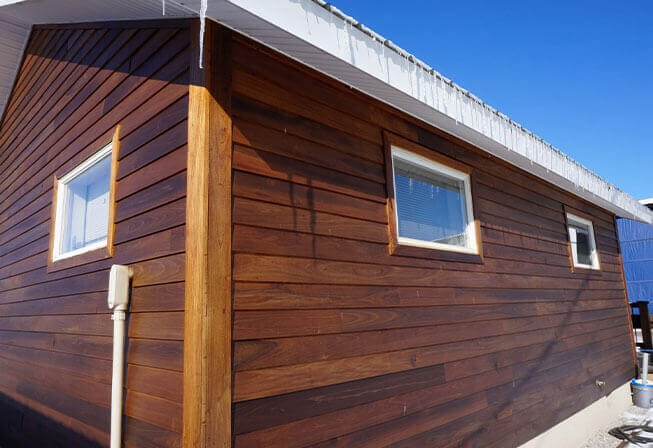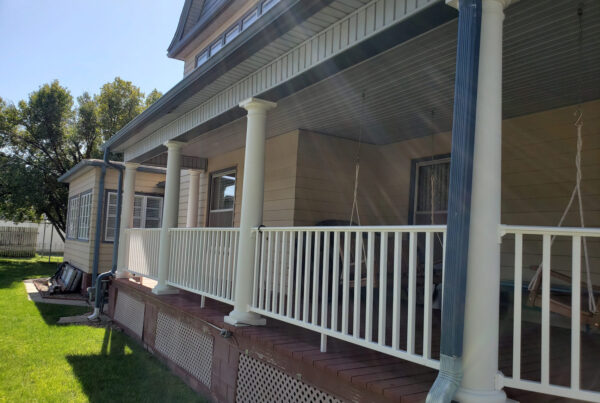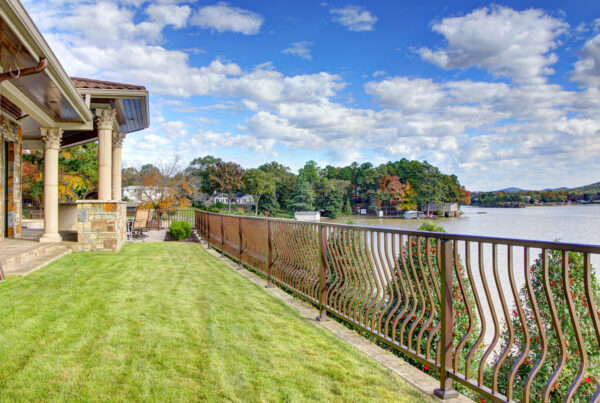Many siding options are available on the market today, and it can be tough to decide which one is right for your home. However, most people have a problem choosing between natural wood and thermally modified siding. If you have trouble deciding between thermally modified siding and rainscreen vs natural wood siding, here’s a breakdown of their pros and cons.
Durability
If you are looking for a more durable siding option then thermally modified siding is more durable than natural wood siding. It has undergone treatment to withstand rot, decay, and insect damage, so it will last longer than natural wood siding.
Appearance
Natural wood siding gives your home a classic look, while thermally modified siding has a more modern appearance. If you want a siding that looks a little different but with some traditional aspects, thermally modified siding may be the better option.
Maintenance
Both thermally modified and natural wood siding require regular maintenance to keep them looking their best. Thermally modified siding may require less frequent staining or painting, but it needs to be cleaned and inspected regularly. Natural wood siding also needs to be cleaned and inspected regularly, and it may require more frequent staining or painting.
Cost
Thermally modified siding is more expensive than natural wood siding. However, it’s essential to keep in mind that exterior thermally modified siding is more durable and requires less maintenance; therefore, it is a long-term investment.
Installation
Both thermally modified siding and natural wood siding are easy to install. Thermally modified siding is typically sold in panels, so it’s easy to cut and fit around windows and doors. Natural wood siding installations can be time-consuming since you’ll need to cut each piece to fit.
Environmental Impact
Thermally modified sidings are more environmentally friendly than natural wood sidings. Thermally modified siding is a sustainable wood product, so you can feel good about using it in your home. Natural wood siding is also environmentally friendly, but it’s important to ensure that it comes from a sustainable source.
Strength
Thermally modified siding is stronger than natural wood siding. It’s less likely to warp, crack, or split, so it will stand up better to the elements. Natural wood siding is also strong, but it’s more susceptible to damage from the sun, wind, and rain.
Resistance to Mold and Mildew
Thermally modified siding is more resistant to mold and mildew than natural wood siding. This is because thermally modified siding is treated with chemicals that prevent mold and mildew from growing. Natural wood siding is also resistant to mold and mildew but is not as effective as thermally modified siding and rainscreen.
Resistance to Insects
Thermally modified siding is more resistant to insects than natural wood siding. This is because thermally modified siding is treated with chemicals that prevent insects from damaging it. Natural wood siding is also resistant to insects, but not very effectively.
The comparison of thermally modified siding and rainscreen vs natural wood siding will help you make the right decision. Overall, thermally modified siding is a better option than natural wood siding. It’s more durable, requires less maintenance, and is more environmentally friendly. Contact Sherwood Lumber today and get high-quality Americana wood siding and rainscreen.










